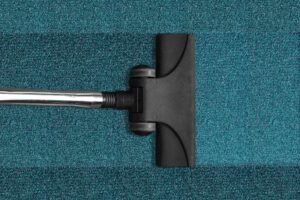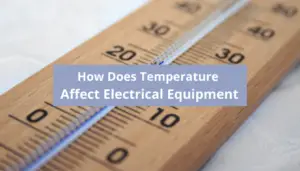Cable trays are an essential component of electrical systems, as they provide a safe and efficient way to support and route cables throughout a building.
However, like any other mechanical equipment, cable trays require regular maintenance and inspection to ensure their safe and reliable operation.
In this article, we will discuss the best practices for cable tray maintenance and inspection.
Table of Contents
Cleaning and Inspection
The first step in cable tray maintenance is cleaning and inspection. Cable trays should be visually inspected for signs of corrosion, damage, or misalignment.
Any debris or foreign material should be removed from the tray and its supports. A proper cleaning and inspection should be performed at least once a year or more frequently in harsh environments.
Repairs and Replacements
If any damage is identified during the inspection, it should be repaired or replaced immediately.
Any repairs or replacements should be made using materials that are compatible with the original installation.
It is important to avoid any mixing of materials that may lead to galvanic corrosion.
Lubrication
Cable tray systems often contain moving parts, such as support brackets and rollers. These parts should be lubricated to reduce friction and prevent wear and tear.
However, it is essential to use a lubricant that is compatible with the material of the cable tray and the environment in which it operates.
Corrosion Protection
Cable trays are typically made of metal and are susceptible to corrosion. Corrosion can lead to weakened structures, which can compromise the safety of the cable tray system.
To prevent corrosion, cable trays should be coated with a suitable protective coating that is appropriate for the environment in which it operates.
Grounding
Cable trays should be properly grounded to prevent electrical hazards. The grounding system should be inspected regularly to ensure that it is properly connected and that the resistance is within acceptable limits.
Load Capacity
Cable trays have a load capacity, which is determined by the design and materials used in their construction.
The load capacity of a cable tray should never be exceeded, as this can lead to structural damage and compromise the safety of the system.
Regular inspections should be carried out to ensure that the cable tray is not overloaded.
Comparison Table
The following table summarizes the best practices for cable tray maintenance:
| Maintenance Task | Frequency | Importance |
|---|---|---|
| Cleaning | Annually | High |
| Inspection | Annually | High |
| Repairs and Replacements | As Needed | High |
| Lubrication | As Needed | Medium |
| Corrosion Protection | As Needed | High |
| Grounding | Annually | High |
| Load Capacity | Annually | High |
Conclusion
Regular cable tray maintenance is essential for the safe and reliable operation of electrical systems.
The best practices for cable tray maintenance include cleaning and inspection, repairs and replacements, lubrication, corrosion protection, grounding, and load capacity monitoring.
Regular inspections and maintenance can help identify potential issues and prevent safety hazards.
Don’t Leave Empty-Handed!
Install my Free Android App on Google Play:
Electrical Cables Most Common Tables “Cables Tables”
And, my Electrical Calculations App “Fast Electrical Calculator”
Discover more great content by subscribing to My channel
Looking to stay ahead of the game in the world of electrical engineering? Subscribe to my YouTube channel and gain access to exclusive content you won’t find anywhere else!
The staff I recommend
(Amazon Affiliate Links to products I believe are high quality):
- Economy 120 Volt/60Hz AC Power Source – Step-Down Voltage & Frequency Converters 1800W
- UNI-T Digital Multimeter Tester UT139C
- 50-Amp Extension Cord for RV “100ft”
- Voltage Stabilizer 110/220v
- Hair Dryer “best selling“
- TOSHIBA EM131A5C-BS Countertop Microwave Ovens
Disclaimer: This contains affiliate links to Amazon products. I may earn a commission for purchases made through these links.



